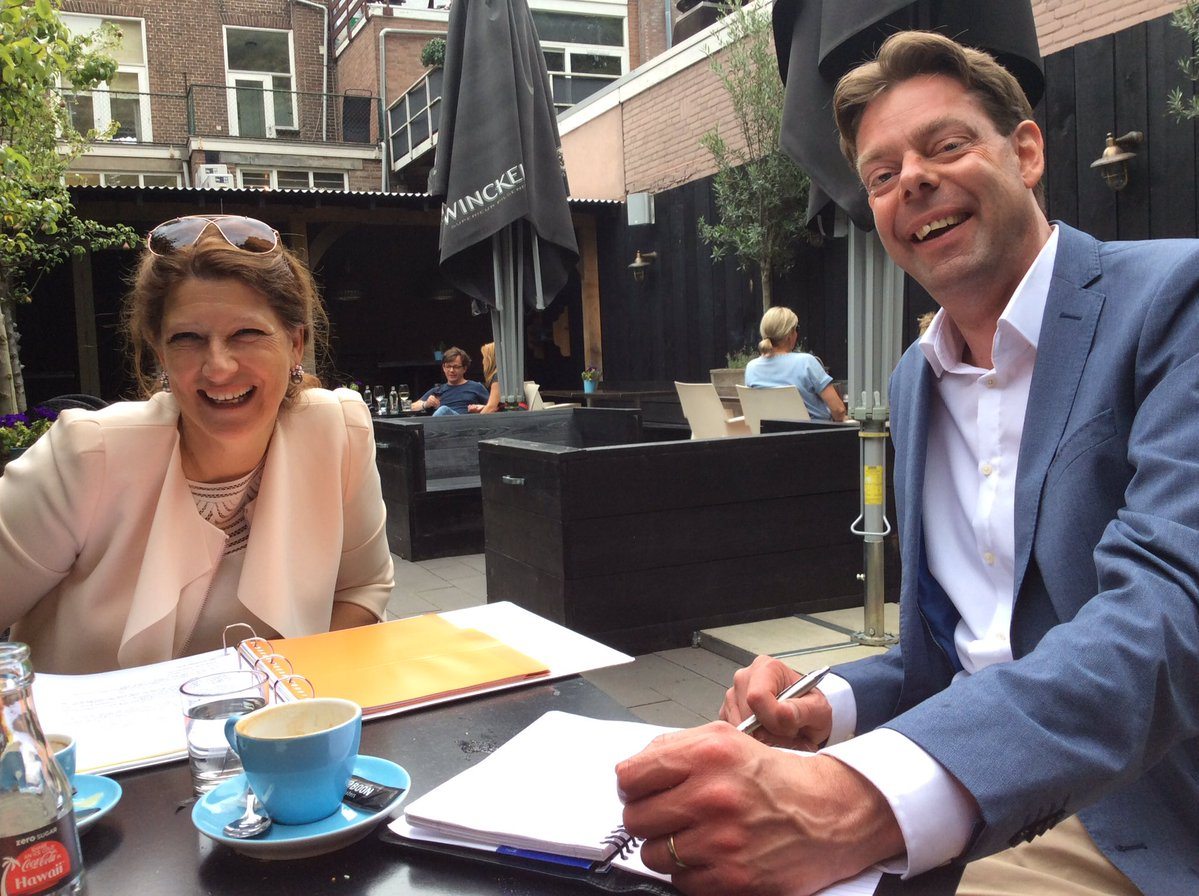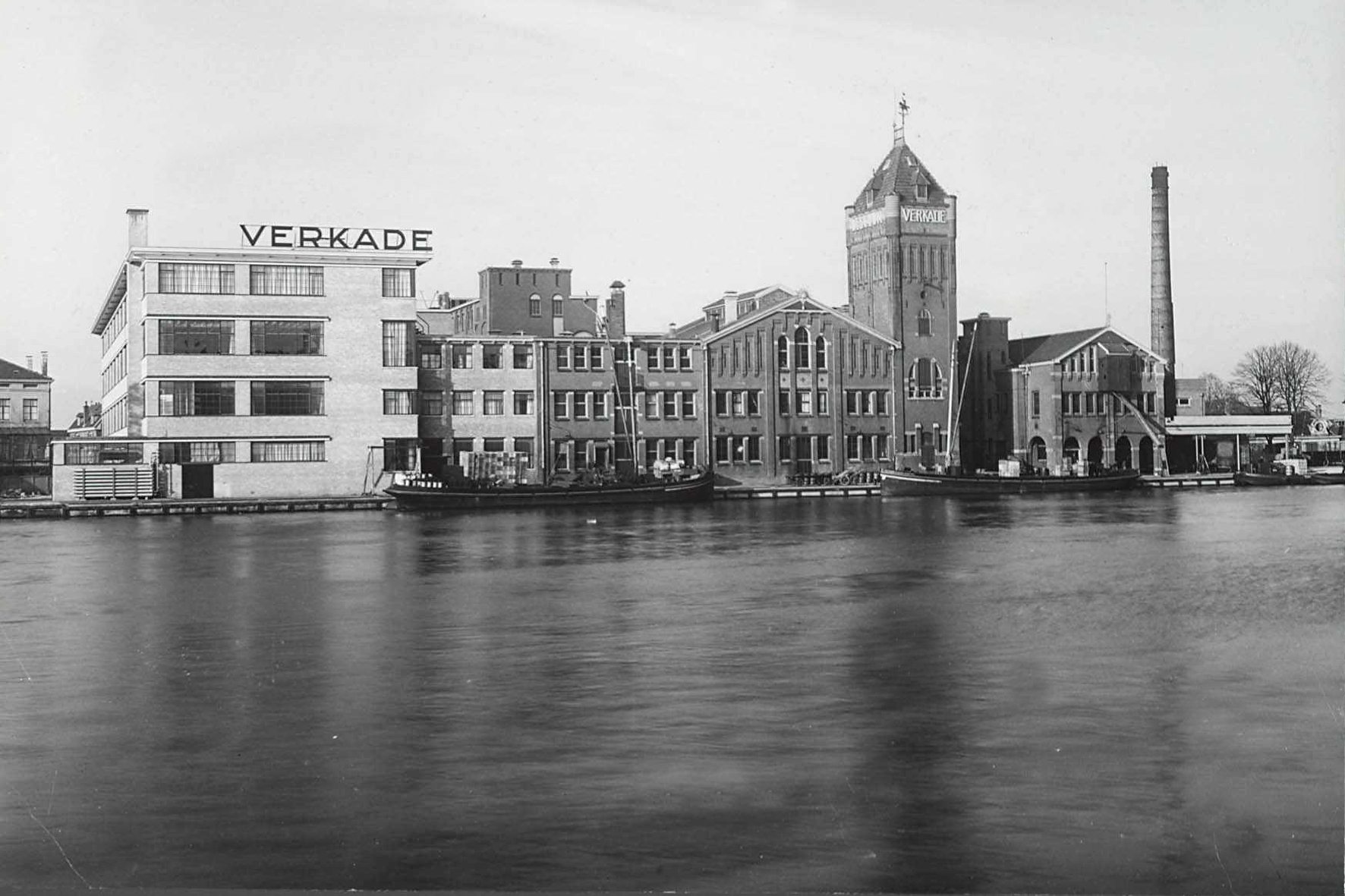
Agile marketing. The term is everywhere in the marketing world. Self guiding teams, multi disciplinary teams, disappearing management –what is the future role of the Marketing Manager?
And what does Agile exactly mean for a marketing department?
Marc Nieman, Agile coach van Wemanity, has supported multiple organizations in their agile transition over the past 2 years. He shares his vision on the marketing discipline and the role of the marketer in future proof organizations.
Marketer: the guardian of the customer experience
In an Agile organization the customer is at the center. The goal is to create, support and communicate relevant customer experiences, in close cooperation between all disciplines within the company. “The only two functions that add value are marketing and innovation” is not a new statement, but according to Nieman more relevant than ever before. Today it’s all about the core of the marketing discipline; putting the customer and his/ her needs first.
To achieve this an Agile culture is a crucial prerequisite. Successful marketers always think about customer value and fulfil a pivotal role in an Agile organization: bringing the voice of the customer into the company. They understand the customer and ensure they are heard throughout the company.
All activities the company undertakes should be focused on the customer and delivering customer value; providing solutions which solve customer’s problems. But unfortunately, this is often not (yet) the case; employees are busy following internal rules and procedures. It’s the responsibility of the marketer to involve and inspire the entire organization in customer obsession; developing and maintaining world class customer experiences involving all colleagues.
Specific customer needs must be addressed by all parts of the organization.
Inspired by the marketer everybody should (want to) understand what the customer wants / needs. In order to fulfil those needs we need to match the right people and expertise in multi-disciplinary teams. These teams go across boundaries of existing departments, which no longer serve their purpose as parts of a hierarchically company. In an agile environment teams are defined based on client needs; that set clear goals and work on solutions in short iterations. The old school annual planning, with details defined for 12 months ahead is no longer relevant.
Such a team, responsible for example for a product launch, may consist of marketers, IT specialists, sales, marcom and customer service professionals. Another important role is fulfilled by the insights experts to bring the voice of the customer into the team; his / her needs, desires and feedback on the services delivered / designed. Each team is responsible for (a part of) the customer journey.
So; we shouldn’t speak of agile marketing, when the marketing department is “agilized”; if an organization wants to adopt an agile mindset we have to break down silo’s and start collaborating in teams which contain professionals from all relevant disciplines.
From marketing manager to Product Owner
Working in these self-organizing teams has a fundamental impact on the role of the traditional marketing manager. Agile means assigning responsibility as low as possible, e.g. in the teams, which means the role of (middle) management changes from command & control style management to a facilitating role.
Managers need to:
- Give teams the tools and means they need to function at their optimum.
- Facilitate knowledge sharing and personal / professional development.
Some (marketing) managers may become product owners; a key role that determines the priorities for the teams. They do this by continuously communicating with all relevant stakeholders and define what needs to be done first to deliver maximum customer value. The PO also protects the team from unfounded ad-hoc requests from “external’ stakeholders. But the current marketing manager can become a professional in a certain field or focus on facilitating the team(s). As guardian of the customer experience this role may fit very well with the needs of the organization.
Dispersed expertise versus sharing knowledge.
When marketers are parts of these teams working on specific touchpoints and no longer work in one functional department; how do they share knowledge and experiences in their field of expertise? Professionals from all key fields will meet regularly to do just that in sessions as part of Guild. Marketers will discuss the latest developments on for example consumer needs, SEO or channel relevance.
To truly work as a team employees need to master more than just their own field, and become “T-shaped” professionals. Next to their core competence they will need to understand and be able to do carry out tasks historically done in for example IT and analytics departments, creating the technology savvy and still creative marketer of the future.
The marketer of the future: flexible, multi skilled, customer obsessed, facilitating.
In today’s disruptive business environment (global competition, technology, customer’s expectations) the traditional organizational structure has served its purpose. An Agile culture / structure provides the right mix of flexibility and focus; activities that provide value for the customer always have the highest priority.
The long-term customer experience strategy and design provide the framework in which budgets and activities are applied in an iterative environment to create and deliver maximum customer value. Marketers are the linking pin between the customer and the organization and must take the lead in driving the necessary change in culture and structure. While marketing and innovation may be the only two functions truly adding value, they will only succeed when working closely together with their colleagues in HR, technology, finance, sales, account management, customer service and insights.
The idea of Agile is simple, but to actually truly embrace the agile values and principles in our daily work is incredibly difficult. It means a fundamental paradigm shift and chance in behavior in all layers of the organization.
So where to start?
Break down the walls in your organization; identify what your customers expects from you, assemble a team of skilled professionals and start experimenting. It won’t be easy and it will take time; but before you may expect it you’ll see improved employee satisfaction, new ideas brought to live and higher customer satisfaction.
Marc Nieman is Agile coach en trainer bij Wemanity. Hij verzorgt regelmatig trainingen voor NIMA over dit onderwerp. Bovenstaande blogpost werd door hem aangeboden voor publicatie op NIMA.nl.









![The Most Important B2B Digital Marketing Trends and Stats of 2017 [Infographic]](https://www.nima.nl/wp-content/uploads/2021/04/meeting-zakelijk-scaled.jpg)








